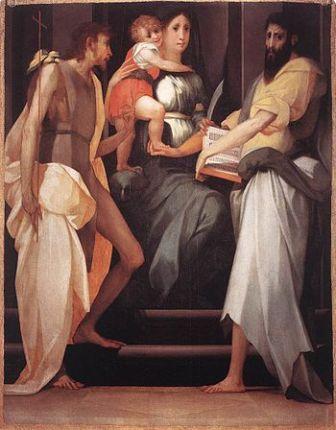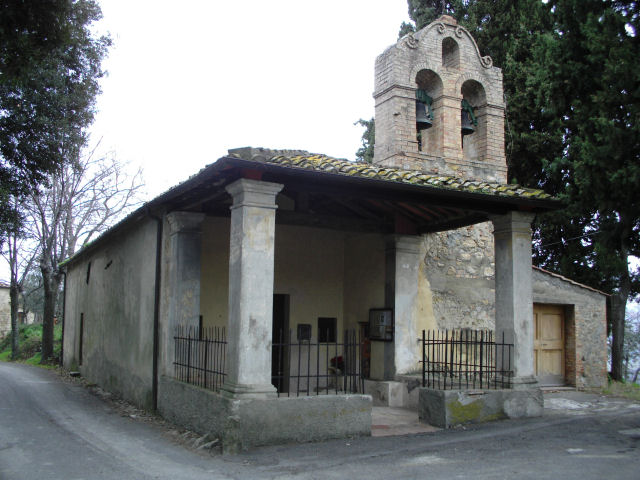



Villamagna's history....
In the past, a castle surrounded by a village was called Villamagna. Probably its name was of Roman origin (from the Latin “Villa” and “ Magna”: "big house" or "big building"). The earliest documented reports goes back to the eighth century D.C.
The historic Scipione Ammirato in the Istorie fiorentine writes:
“Così insieme al regno d’Italia la città di Firenze (….)passò l’anno 774 sotto l’mpero de’ Franchi, fattosene signore Carlo figliuol diPipino, quegli a cui per la grandezza delle cose fatte fu poi dato il nome di Magno.” And the historian Scipione Ammirato il giovane adds:
“A questo Carlo (…),trovandosi in Toscana con l’esercito sotto Volterra nel luogo detto Villamagna,Beronulfo viceduca per Desiderio re ‘de Longobardi, cedè la città di Volterra e il ducato di Toscana.”
It is assumed that Villamagna may have taken its name from the great emperor Carlo Magno, who stopped here with the army 1230 years ago.
(cit. “La storia di Villamagna, Volterra” di Rino Salvestrini, aprile 2011).
An important testimony of Villamagna’s existence is given by a map painted by Leonardo da Vinci and which represents a bird's eye view of the Arno Valley. This card is exposed in the museum of the Windsor’s Royal Castle ( the Royal Collection) in UK and with it are kept other 234 sheets which comprises about 600 drawings, unbound and of different format. They contain studies of anatomy and geography, studies of horses, drawings, caricatures and a series of maps. Dating likely: 1478-1518 (the two red circles that you see in the image surrounding Volterra, on the left, and Villamagna, on the write).



In Villamagna, worthy of mention, is the already mentioned and old pieve of San Giovanni Battista and Santa Felicita, prior to the tenth century. Romanesque church with a single nave, it’s a small temple built on existing build and traces of the existing buld are found in a crypt under the main altar. Until the mid-twentieth century, the church hosted an important painting by the great artist Rosso Fiorentino (1521) depicting the seated Madonna. This painting is now in the Diocesan Museum of Sacred Art in Volterra.


The Pala di Villamagna is an oil painting on canvas (169x133 cm) by Rosso Fiorentino dated 1521 and now preserved in the Diocesan Museum of Volterra. It’ s signed and dated in the lower left. The painting was the second commission received by Rosso Fiorentino from Volterra, after the famous Deposizione, and was intended for Villamagna’s church, where it remained until the mid-sixties of the twentieth century.


The Oratorio della Madonna della neve was built at the end of the seventeenth century to preserve a revered painting, until then kept in a tabernacle on the road, depicting Madonna and Child, attributed foy the simplicity of the composition and the archaic intent to Pier Francesco Fiorentino (XV century).